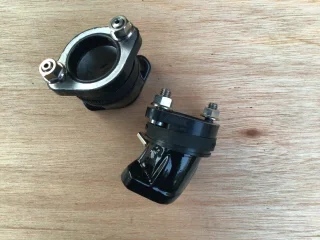- Joined
- Nov 15, 2020
- Messages
- 56
TksRather than take them apart, simply swap sides. I don't want to start the big discussion for the umpteenth time, but to me the turn signal on the right is weird. With it on the left, it works exactly like every car I've ever driven.

